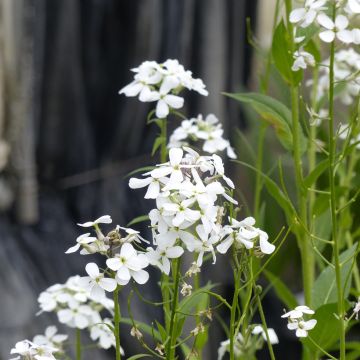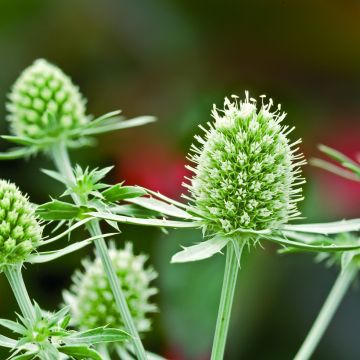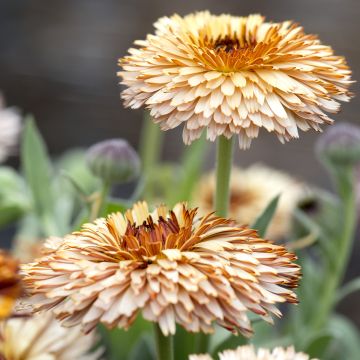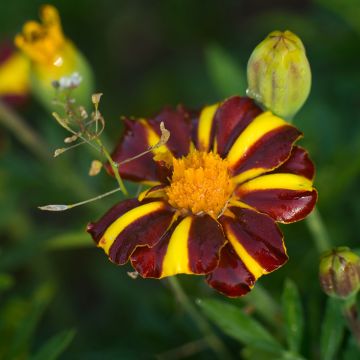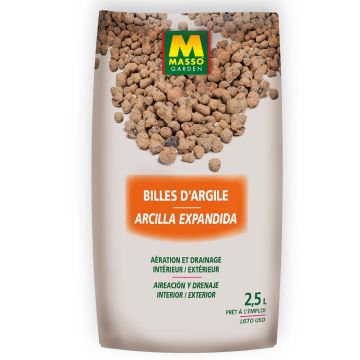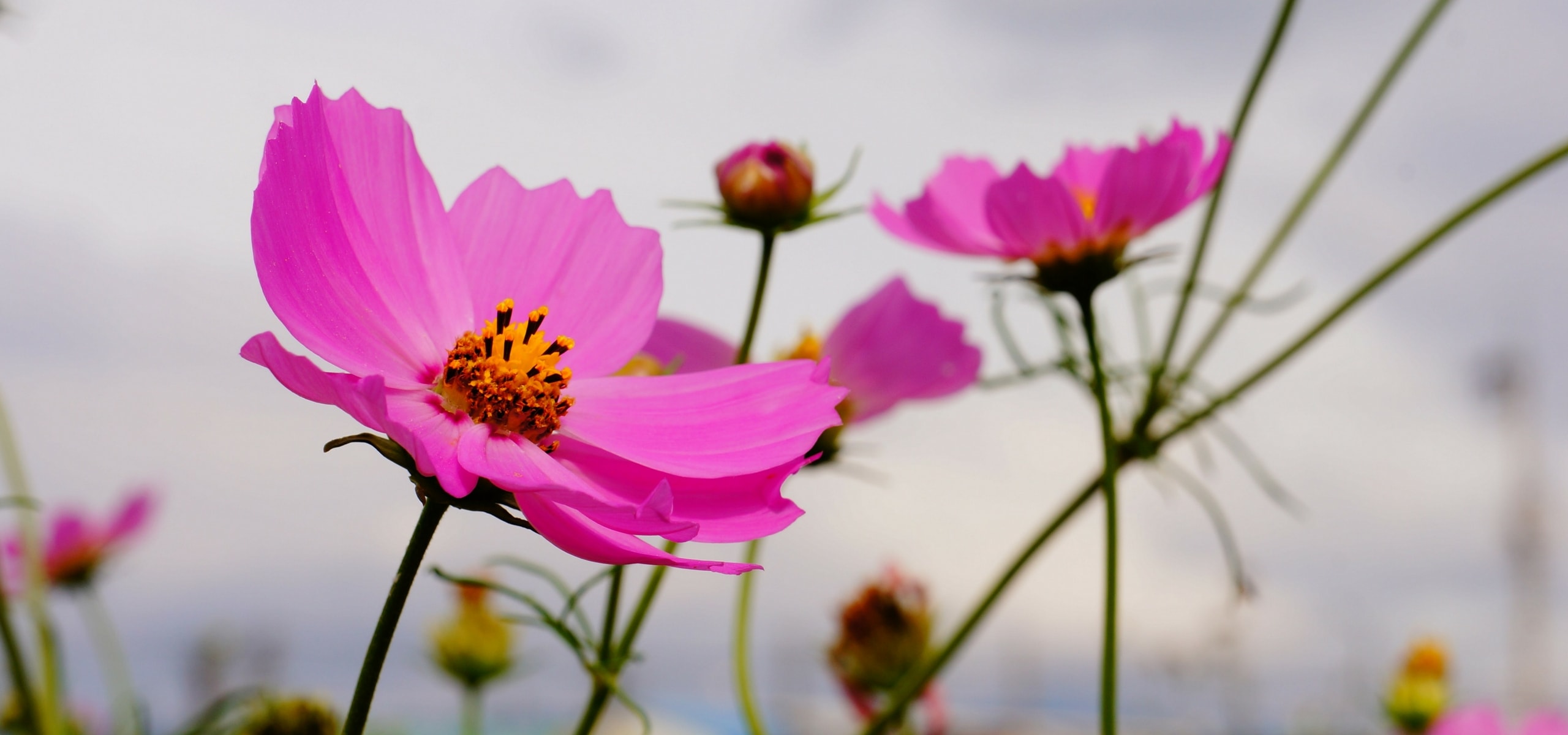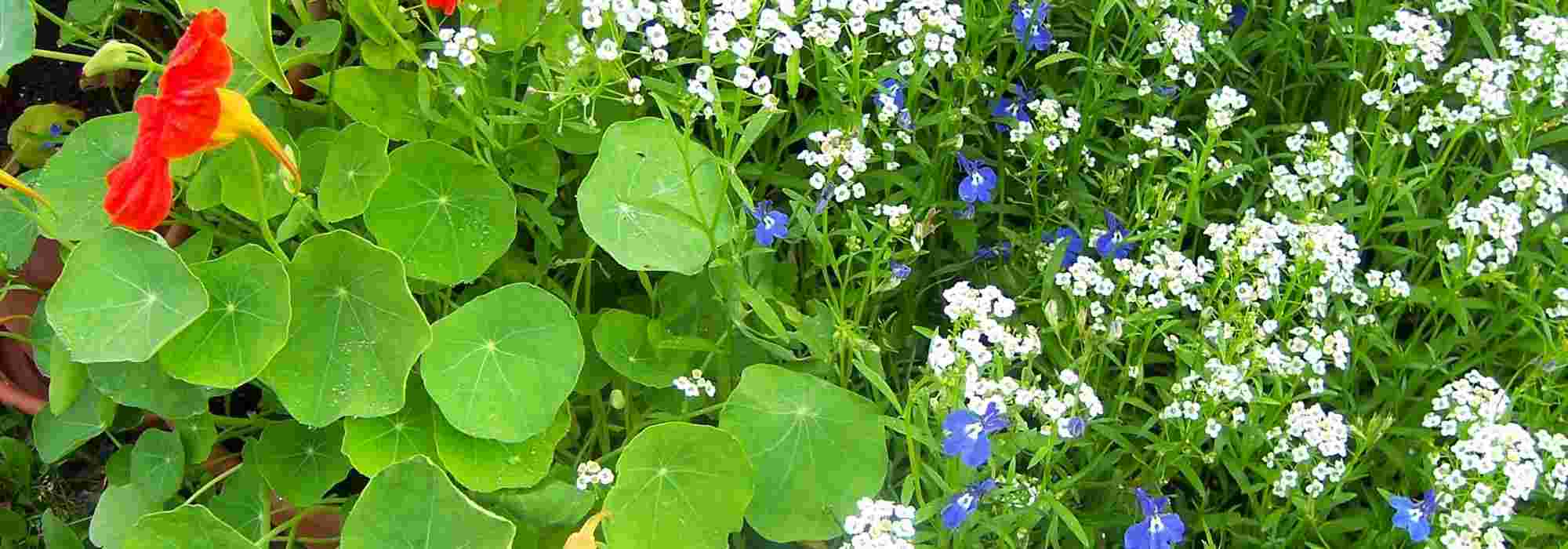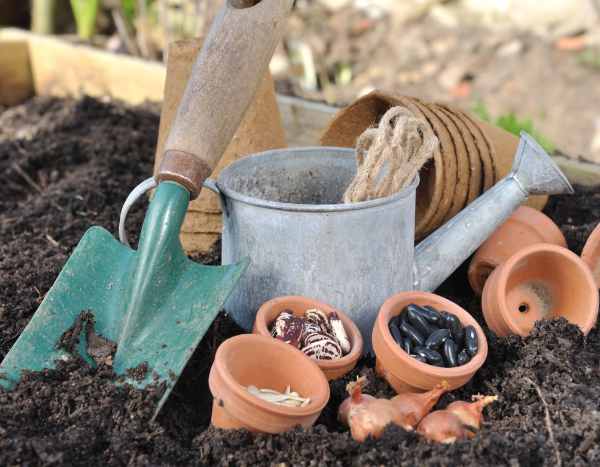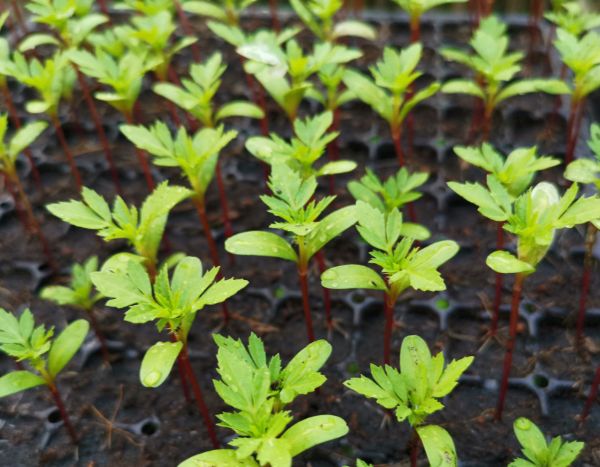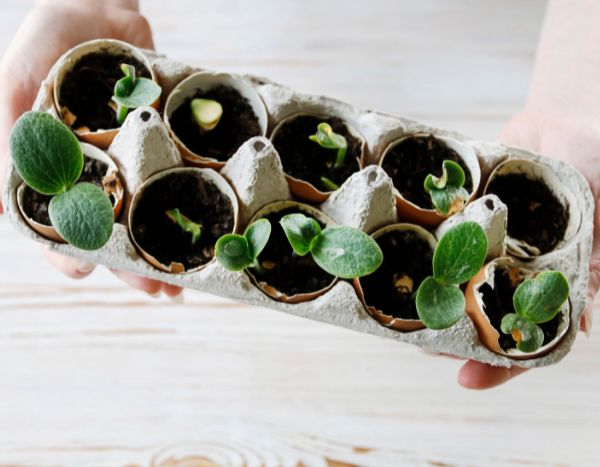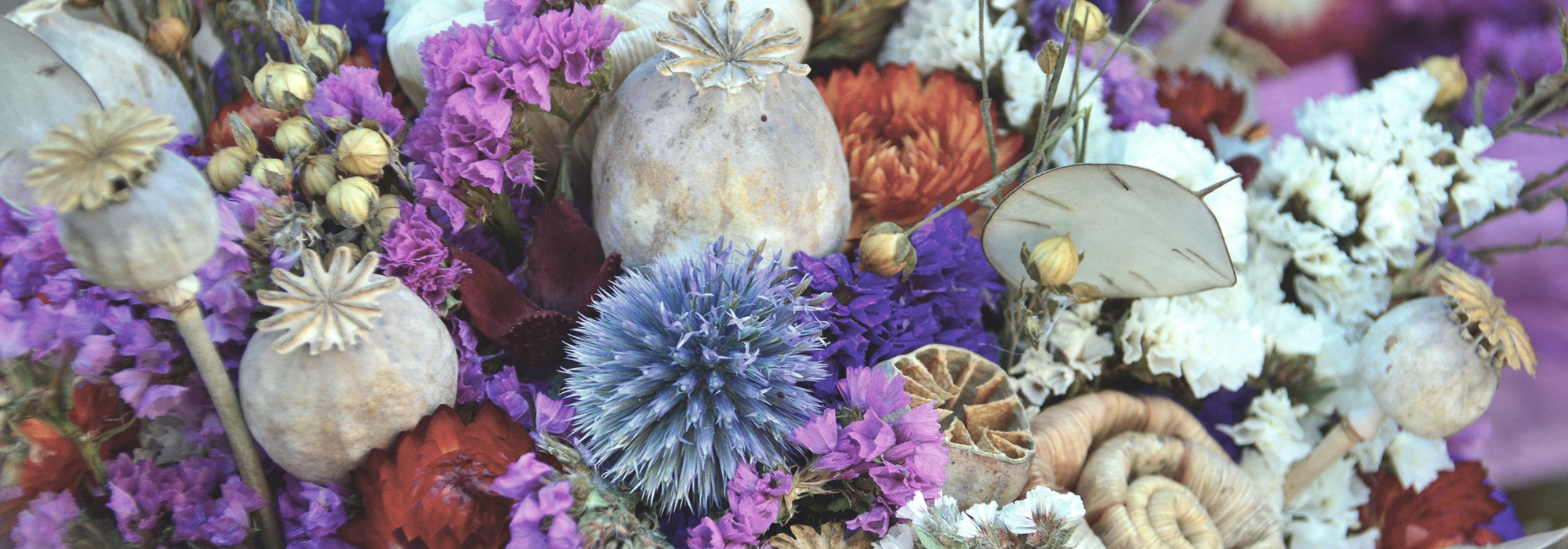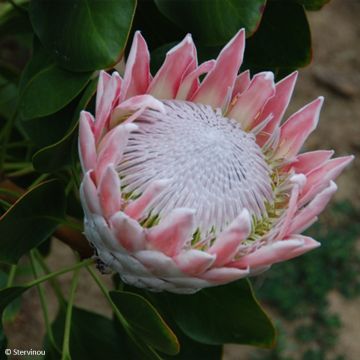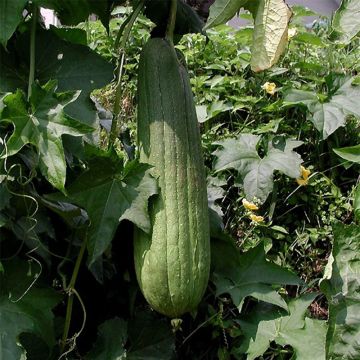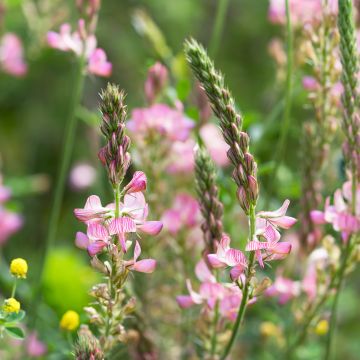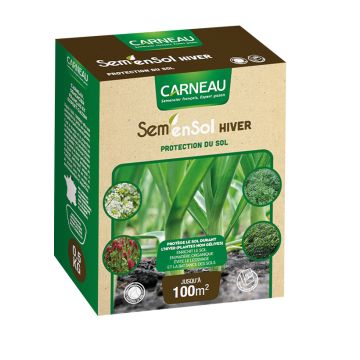

Kniphofia uvaria Red and Yellow Seeds - Red Hot Poker
Kniphofia uvaria Red and Yellow Seeds - Red Hot Poker
Kniphofia uvaria Rouge et Jaune
Red Hot Poker, Tritoma, Torch Lily, Poker Plant
Difficult to decipher the explanations on the packet, plus the quality is average and only 4 shoots have grown.
Jocelyne F., 18/04/2021
Special offer!
Receive a €20 voucher for any order over €90 (excluding delivery costs, credit notes, and plastic-free options)!
1- Add your favorite plants to your cart.
2- Once you have reached €90, confirm your order (you can even choose the delivery date!).
3- As soon as your order is shipped, you will receive an email containing your voucher code, valid for 3 months (90 days).
Your voucher is unique and can only be used once, for any order with a minimum value of €20, excluding delivery costs.
Can be combined with other current offers, non-divisible and non-refundable.
Home or relay delivery (depending on size and destination)
Schedule delivery date,
and select date in basket
This plant carries a 6 months recovery warranty
More information
We guarantee the quality of our plants for a full growing cycle, and will replace at our expense any plant that fails to recover under normal climatic and planting conditions.
Would this plant suit my garden?
Set up your Plantfit profile →
Description
Torch Lily or Red Hot Poker is an excellent bedding plant, with long-lasting, fiery blooms from spring to late summer. 'Red and Yellow' features dense, bicoloured spikes of tubular blooms that open scarlet red, fading to yellow-orange as they age. They tower over clumps of glossy, arching foliage that remains attractive all season long. Loved by foraging insects, torch lilies are hardy and drought-resistant. Grow in full sun in well-drained soil.
Kniphofia uvaria or Tritoma, commonly known as torch lily or Red Hot Poker, is a rhizomatous perennial that belongs to the Asphodelaceae family. It is native to southern and eastern Africa. The plants form erect clumps of long, thick and shiny bright green leaves. In full bloom, torch lilies grow to 1 m tall for a spread of about 50 cm. The flowering period is particularly long, from June to September. The torch-like inflorescences are carried on bare stems, high above the foliage. They are made up of densely arranged clusters of nodding, tubular flowers that start out scarlet red, gradually changing to orange then yellow as they age.
These exotic, slightly old-fashioned perennials are remarkably sturdy. They look fabulous in cottage gardens, naturalistic gardens and large rock gardens alongside magenta-coloured poppies, sage and the deep blue-flowering Anchusa azurea 'Loddon Royalist'. Torch lilies can also be planted on their own or along paths or driveways, combined with other exotic plants such as bamboo, yucca, canna lilies or lobelia.
Report an error about the product description
Flowering
Foliage
Plant habit
Botanical data
Kniphofia
uvaria
Rouge et Jaune
Asphodelaceae
Red Hot Poker, Tritoma, Torch Lily, Poker Plant
Cultivar or hybrid
Other Flower seeds A to Z
View all →Planting and care
Sow from February to June or in September-October on the surface of good quality, moist sowing mix. Cover the seeds with a thin layer of potting mix or vermiculite. Keep at a temperature of 15 to 20°C, in a light place, until germination (14 to 30 days). Keep the surface of the potting soil moist but not waterlogged. Transplant the young seedlings into individual pots or containers, then gradually harden them off for 10 to 15 days, once all risk of frost is over. Space the plants 50 cm apart.
Care: Torch lilies can be grown in any ordinary, well-drained, loose soil in full sun. They particularly enjoy slightly loamy soils but dread waterlogged soils in winter. Make sure the plants don't run out of water in summer. During particularly cold winters, protect the plants under a thick layer of mulch. Torch lilies tolerate wind and are suitable for growing in seaside gardens. They don’t require much maintenance, just feeding with fertilizer in early spring and removing wilted stems and flowers in late autumn.
Sowing period
Intended location
Planting & care advice
-
, onOrder confirmed
Reply from on Promesse de fleurs
Similar products
Haven't found what you were looking for?
Hardiness is the lowest winter temperature a plant can endure without suffering serious damage or even dying. However, hardiness is affected by location (a sheltered area, such as a patio), protection (winter cover) and soil type (hardiness is improved by well-drained soil).

Photo Sharing Terms & Conditions
In order to encourage gardeners to interact and share their experiences, Promesse de fleurs offers various media enabling content to be uploaded onto its Site - in particular via the ‘Photo sharing’ module.
The User agrees to refrain from:
- Posting any content that is illegal, prejudicial, insulting, racist, inciteful to hatred, revisionist, contrary to public decency, that infringes on privacy or on the privacy rights of third parties, in particular the publicity rights of persons and goods, intellectual property rights, or the right to privacy.
- Submitting content on behalf of a third party;
- Impersonate the identity of a third party and/or publish any personal information about a third party;
In general, the User undertakes to refrain from any unethical behaviour.
All Content (in particular text, comments, files, images, photos, videos, creative works, etc.), which may be subject to property or intellectual property rights, image or other private rights, shall remain the property of the User, subject to the limited rights granted by the terms of the licence granted by Promesse de fleurs as stated below. Users are at liberty to publish or not to publish such Content on the Site, notably via the ‘Photo Sharing’ facility, and accept that this Content shall be made public and freely accessible, notably on the Internet.
Users further acknowledge, undertake to have ,and guarantee that they hold all necessary rights and permissions to publish such material on the Site, in particular with regard to the legislation in force pertaining to any privacy, property, intellectual property, image, or contractual rights, or rights of any other nature. By publishing such Content on the Site, Users acknowledge accepting full liability as publishers of the Content within the meaning of the law, and grant Promesse de fleurs, free of charge, an inclusive, worldwide licence for the said Content for the entire duration of its publication, including all reproduction, representation, up/downloading, displaying, performing, transmission, and storage rights.
Users also grant permission for their name to be linked to the Content and accept that this link may not always be made available.
By engaging in posting material, Users consent to their Content becoming automatically accessible on the Internet, in particular on other sites and/or blogs and/or web pages of the Promesse de fleurs site, including in particular social pages and the Promesse de fleurs catalogue.
Users may secure the removal of entrusted content free of charge by issuing a simple request via our contact form.
The flowering period indicated on our website applies to countries and regions located in USDA zone 8 (France, the United Kingdom, Ireland, the Netherlands, etc.)
It will vary according to where you live:
- In zones 9 to 10 (Italy, Spain, Greece, etc.), flowering will occur about 2 to 4 weeks earlier.
- In zones 6 to 7 (Germany, Poland, Slovenia, and lower mountainous regions), flowering will be delayed by 2 to 3 weeks.
- In zone 5 (Central Europe, Scandinavia), blooming will be delayed by 3 to 5 weeks.
In temperate climates, pruning of spring-flowering shrubs (forsythia, spireas, etc.) should be done just after flowering.
Pruning of summer-flowering shrubs (Indian Lilac, Perovskia, etc.) can be done in winter or spring.
In cold regions as well as with frost-sensitive plants, avoid pruning too early when severe frosts may still occur.
The planting period indicated on our website applies to countries and regions located in USDA zone 8 (France, United Kingdom, Ireland, Netherlands).
It will vary according to where you live:
- In Mediterranean zones (Marseille, Madrid, Milan, etc.), autumn and winter are the best planting periods.
- In continental zones (Strasbourg, Munich, Vienna, etc.), delay planting by 2 to 3 weeks in spring and bring it forward by 2 to 4 weeks in autumn.
- In mountainous regions (the Alps, Pyrenees, Carpathians, etc.), it is best to plant in late spring (May-June) or late summer (August-September).
The harvesting period indicated on our website applies to countries and regions in USDA zone 8 (France, England, Ireland, the Netherlands).
In colder areas (Scandinavia, Poland, Austria...) fruit and vegetable harvests are likely to be delayed by 3-4 weeks.
In warmer areas (Italy, Spain, Greece, etc.), harvesting will probably take place earlier, depending on weather conditions.
The sowing periods indicated on our website apply to countries and regions within USDA Zone 8 (France, UK, Ireland, Netherlands).
In colder areas (Scandinavia, Poland, Austria...), delay any outdoor sowing by 3-4 weeks, or sow under glass.
In warmer climes (Italy, Spain, Greece, etc.), bring outdoor sowing forward by a few weeks.































